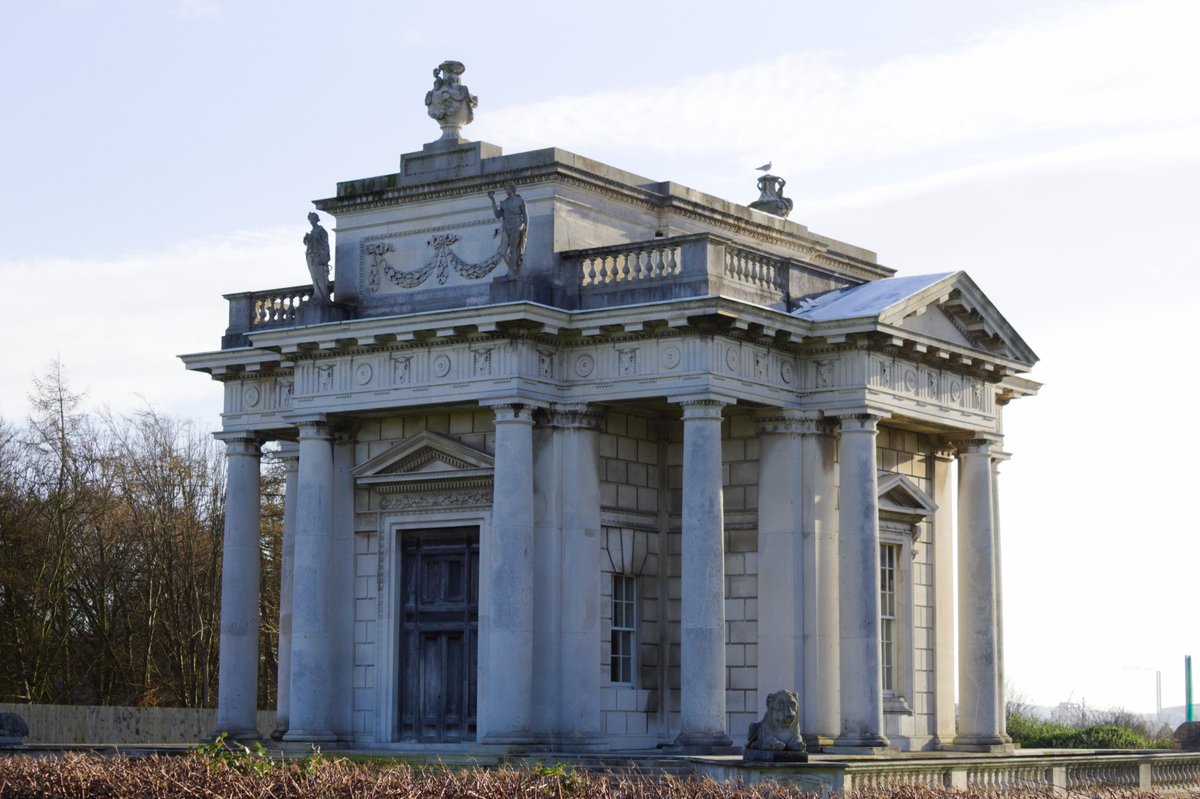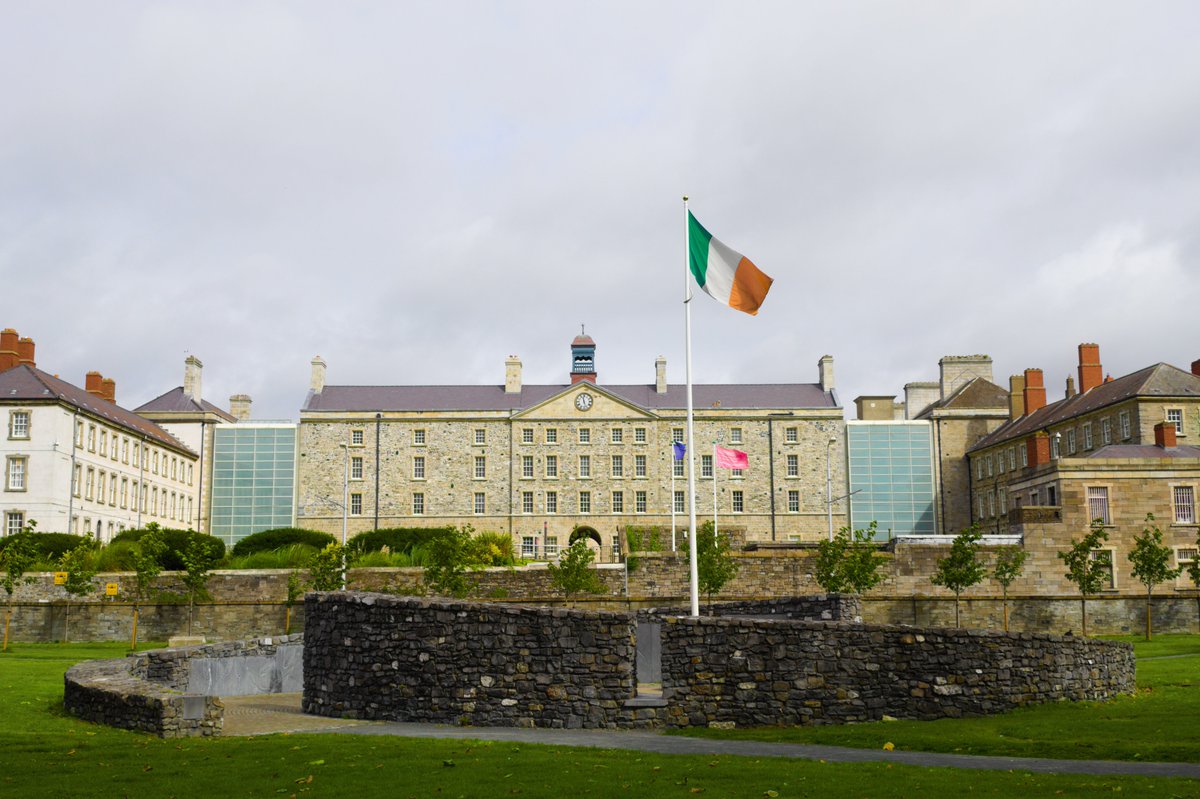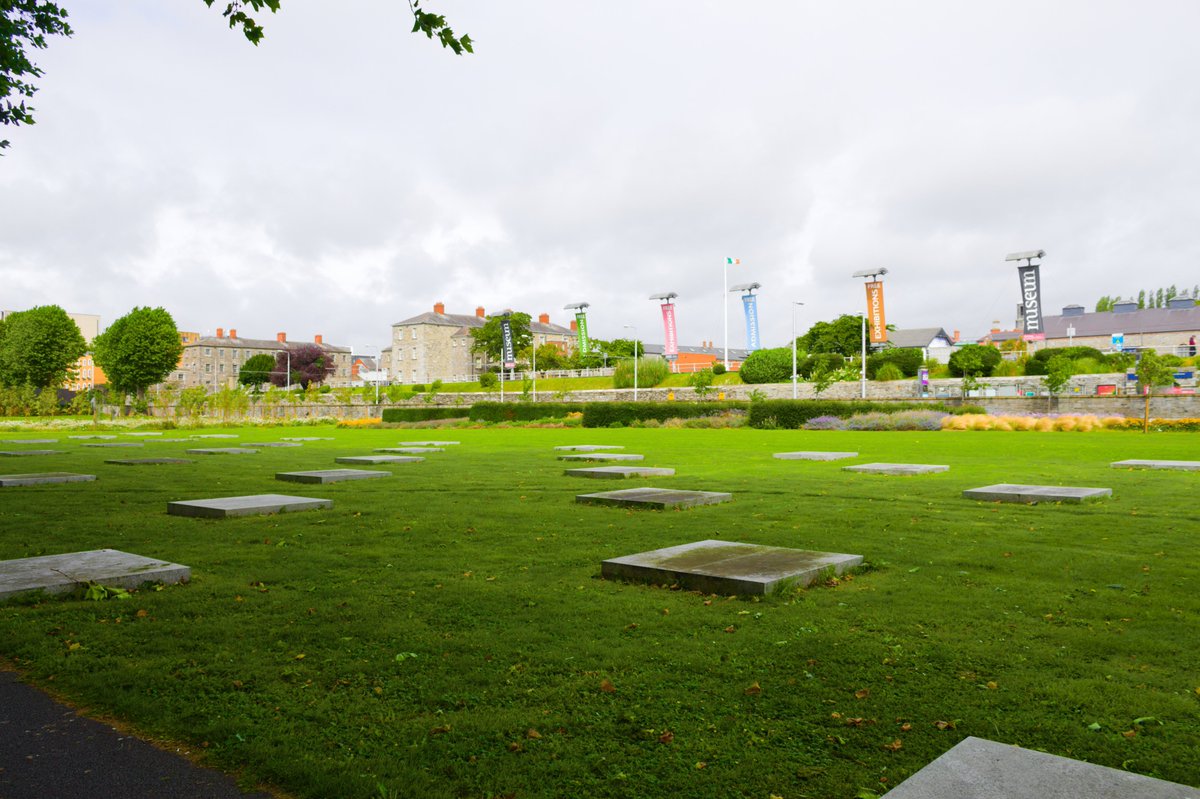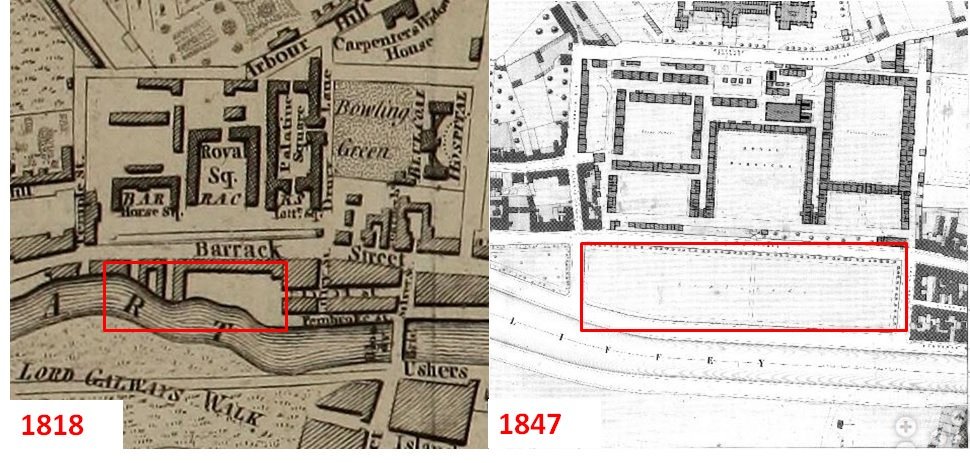
Murdering Lane, Kilmainham – Heading from Kilmainham into The Liberties, one will come across a reminder of Dublins more sinister past. This unremarkable lane which, while not looking like much, has an interesting past. Known as Murd´ring Lane in 1603, & Murdering Lane in 1756 ~1 







it had an adjacent street called "Cut Throat Lane" (known as such since 1488. Thankfully its no longer there). Both names reflected the violent nature of the area. In 1876, Murdering Lane was changed to Cromwell’s Quarters in 1876. Same difference you might say, but the new...~2 



name is after the son of the infamous Oliver. Henry Cromwell was Lord Deputy of Ireland in 1657. Its previous name has been immortalised with a fine whiskey from the Dublins Whiskey Distillery.
The laneway is also known as the 40 steps by locals, not to be confused with.. ~3

The laneway is also known as the 40 steps by locals, not to be confused with.. ~3


the 40 steps by St. Audoens Church, or the 40 steps by Dublin Castle. PS all of these 40 steps…only have 39 steps! God I love this city.
Some other lost Dublin names include Worlds End Lane (~Talbot St.), Cut Purse Row (Francis/Thomas St.) & Gallows Road (Baggot St.) ~End


Some other lost Dublin names include Worlds End Lane (~Talbot St.), Cut Purse Row (Francis/Thomas St.) & Gallows Road (Baggot St.) ~End



#DiscoverDublin @KilmainhamD8 @libertiesdublin @LibertiesCultu1 @OldDublinTown @OldeEire @legacy_irish @heritage_dublin @DubHistorians @Stairnahireann @IrishHistoryPod @theirishstory @WeAreTheDLD @atlasobscura
• • •
Missing some Tweet in this thread? You can try to
force a refresh
























